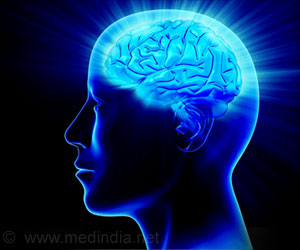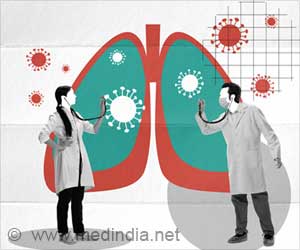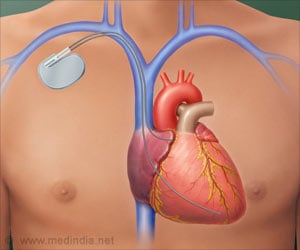Ever wondered why words can make you feel on top of the world or drained? Your brain releases powerful chemicals (neuromodulators) in response!
- Every time we hear or think of positive, negative, or neutral words, the brain responds by releasing chemicals
- Neuromodulators are natural substances in the brain that regulate emotions, mood, and behavior
- Emotions arise from complex chemical interactions rather than a single factor
Emotional words evoke region- and valence-specific patterns of concurrent neuromodulator release in human thalamus and cortex
Go to source).
Role of Neuromodulators
Neuromodulators are natural substances in the brain that regulate emotions, mood, and behavior. The three primary neuromodulators are:- Dopamine: Associated with pleasure and reward.
- Serotonin: Helps control mood and emotional balance.
- Norepinephrine: Involved in alertness and responses to stress.
The next time someone says something that hits you emotionally, remember it's your brain's dopamine and serotonin doing the work. #brainchemistry #emotions #medindia’
- Thalamus: Traditionally associated with sensory and motor signals.
- Anterior Cingulate Cortex (ACC): Involved in emotion and cognitive control.
How Emotional Words Affect Brain Chemistry
Chemical Responses Are Region-Specific
How we respond to emotional words depends on various factors, including the specific brain region and word type. The brain’s response is region-specific, with distinct patterns of activity in the thalamus and the anterior cingulate cortex (ACC).
In the thalamus, the reaction to emotional words is less intense but still noticeable.
In contrast, the ACC shows a stronger and more varied response, meaning it reacts more strongly and in more ways to these words.
Serotonin and Dopamine Show Tone-Dependent Pattern
When we encounter emotionally charged words, neuromodulators react in specific ways:
- Positive words increase serotonin, which boosts mood.
- Negative words lead to different dopamine responses in the brain hemispheres
- Right Hemisphere: Dopamine levels increase with positive words.
- Left Hemisphere: Dopamine levels decrease with positive words.
Therapies targeting specific neuromodulators might help with anxiety, depression, or emotional regulation issues. Additionally, learning how words influence feelings helps us recognize the power of language in shaping human experience.
Words are powerful; they can create or destroy. Choose wisely!
Reference:
- Emotional words evoke region- and valence-specific patterns of concurrent neuromodulator release in human thalamus and cortex - (https://www.cell.com/cell-reports/fulltext/S2211-1247(24)01513-4)
Source-Medindia










